A native wildflower of North America, this easy-to-grow flower is a staple for perennial gardens and flower beds. With multiple species and cultivars available, Rudbeckia is more than just Black-eyed Susans!
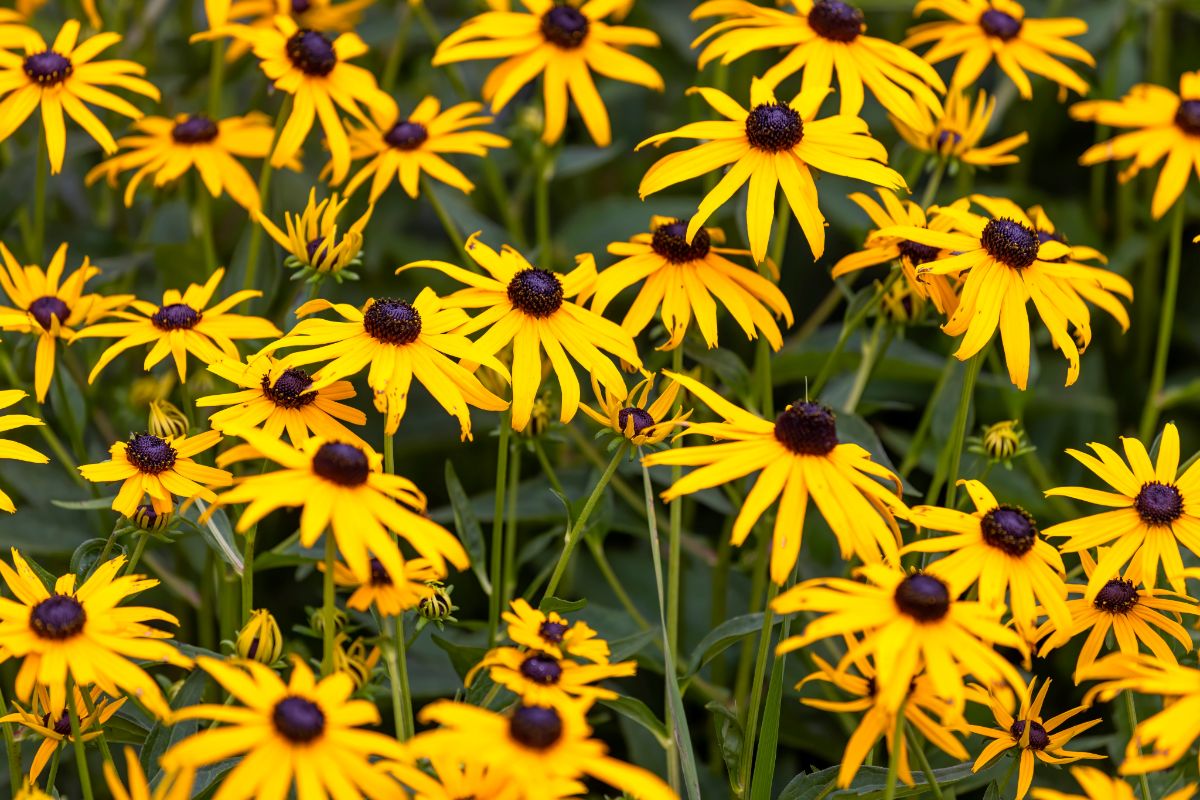
Jump to:
About Rudbeckia
When choosing Rudbeckia, you may be confused; they are sometimes classified as perennials and other times as annuals. This is because the genus Rudbeckia is frequently used as a common name, and the species gets omitted.
They all belong to the genus Rudbeckia, which has 20-25 different species of flowering plants. However, when we hear Rudbeckia, we usually think of the typical Black-eyed Susan, but there are more.
Rudbeckia hirta is the usual hybridized species and is bred to produce colors other than yellow or gold. R. hirta is technically a tender perennial, but only in USDA zones 9-10, meaning it is a really tender perennial.
Basically, this species is grown and treated in our gardens like an annual, although it may self-seed in some areas. ‘Cherokee Sunset,’ ‘Prairie Sun,’ ‘Sahara,’ and ‘Cherry Brandy’ are all common colorful cultivars of R. hirta that will function as annuals in your flower bed.
Other species of Rudbeckia, like R. triloba, R. grandiflora, and R. fulgida, are true perennials, and many are hardy down to zone 4 or colder. They will clump and form larger plants year after year.
How to Use Rudbeckia in the Landscape
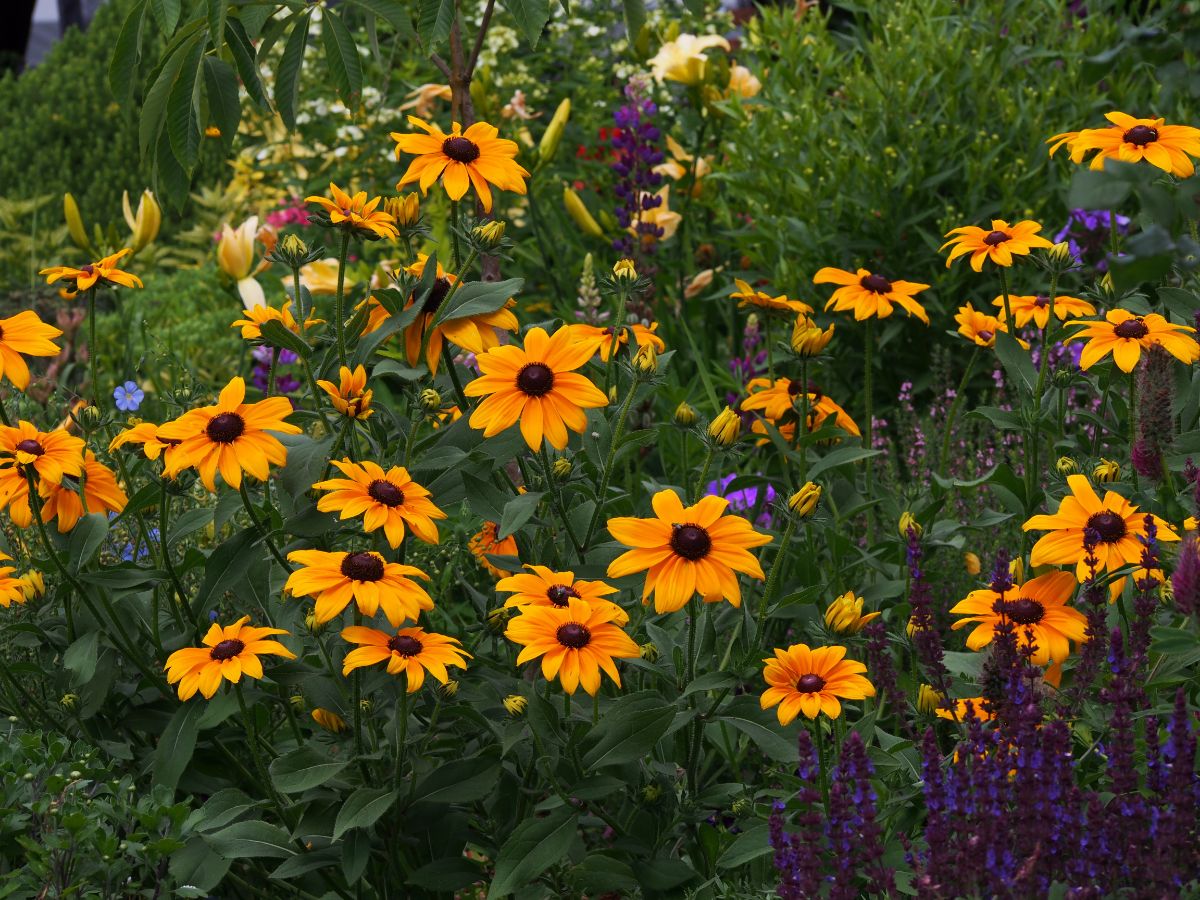
Black-eyed Susans provide the best impact in extensive plantings. They are perfect for naturalizing areas you no longer want to mow–like behind the garage–and for providing color along a privacy fence or anchoring perennial beds. Plant Black-eyed Susans along with Echinacea, lavender, and Monarda for an all-season, colorful, pollinator-pleasing garden.
Mass plantings of these colorful natives are fantastic for attracting pollinators. After flowering, the seed heads are enjoyed by finches and other small birds throughout the late summer and fall. They are a natural bird feeder!
Rudbeckia ranges in height. Perennial varieties often reach 3-4 feet tall, with prolific large daisy-like blooms on long stems. Most perennial species are hardy in Zones 4–9. Rudbeckia laciniata, often called cut leaf coneflower or green head coneflower isn’t a coneflower at all. As the common name implies, this Rudbeckia doesn’t have a black eye, but a green one, and can reach as high as 12 feet!
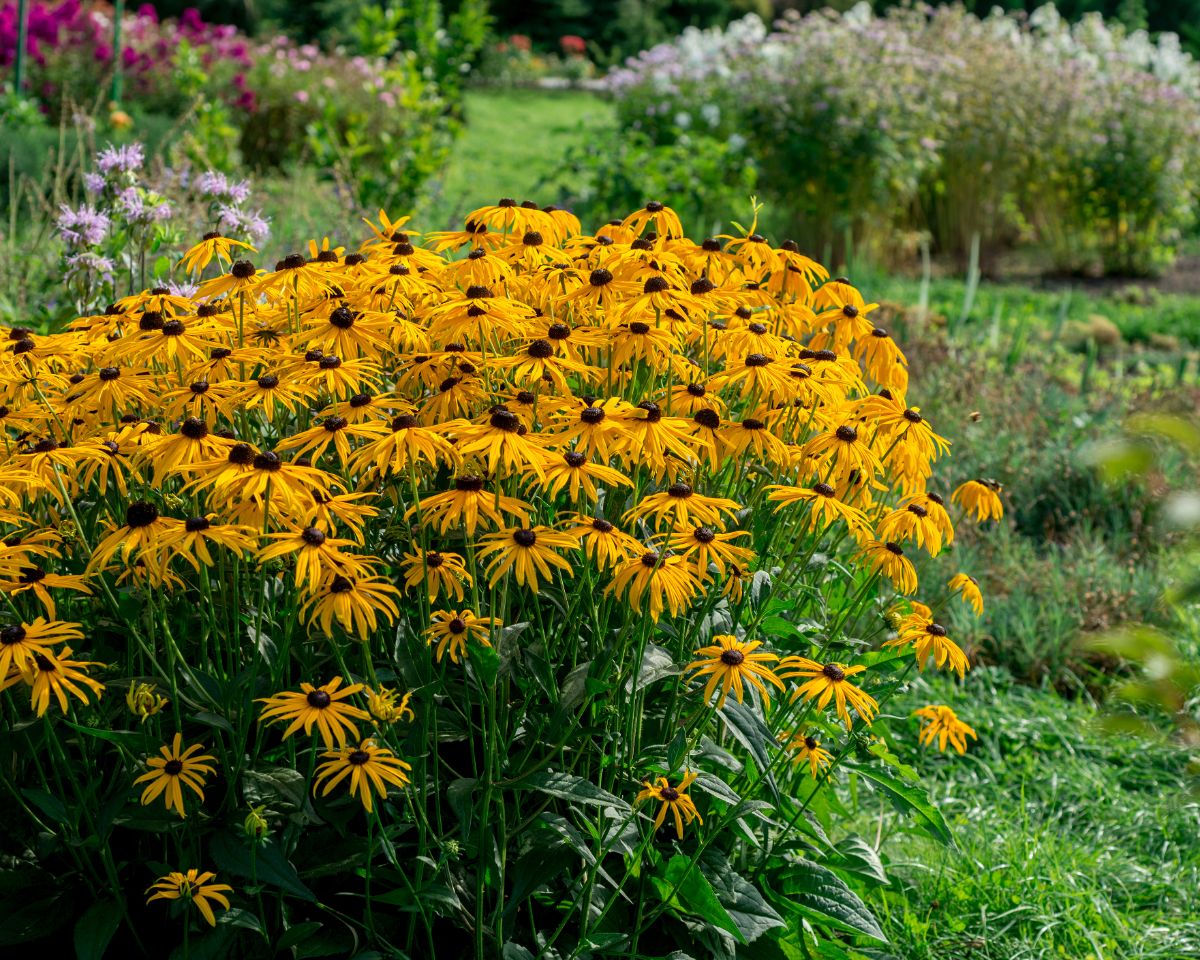
Rudbeckia also attracts beneficial insects like hoverflies, pirate bugs, and predatory wasps to your garden, a huge help when trying to control pests without chemical sprays. Don’t worry. These wasps don’t sting people. They are tiny and frequently parasitize (attack) garden pests, like thrips, aphids, and whiteflies, by laying their eggs inside the larvae.
Great for a cottage garden or naturalized areas, Rudbeckia has a long vase life when properly treated and is excellent for cut flowers and dried arrangements.
- For cut flowers, harvest when they have just begun to unfold, and they will continue to open up in the house. They can cloud their water, so adding a couple drops of bleach will extend their life to 7-10 days.
- For dried arrangements, harvest after the flower has completely opened.
Some Rudbeckia will spread from rhizomes, especially R. laciniata, and many, if not all, will self-seed–if the birds leave any. However, learning to propagate Rudbeckia will provide new plants for other areas of your yard and more varieties to enjoy.
Ways to Propagate Rudbeckia
Rudbeckia spp. are most commonly propagated in the home garden by root division. They are also readily grown from seed.
Perennial Rudbeckia grown from seed may not flower during the first year–although some do. Annual species like R. hirta will flower prolifically. Plants divided in spring or fall will also flower their first year in their new home.
How To Grow Rudbeckia From Seeds
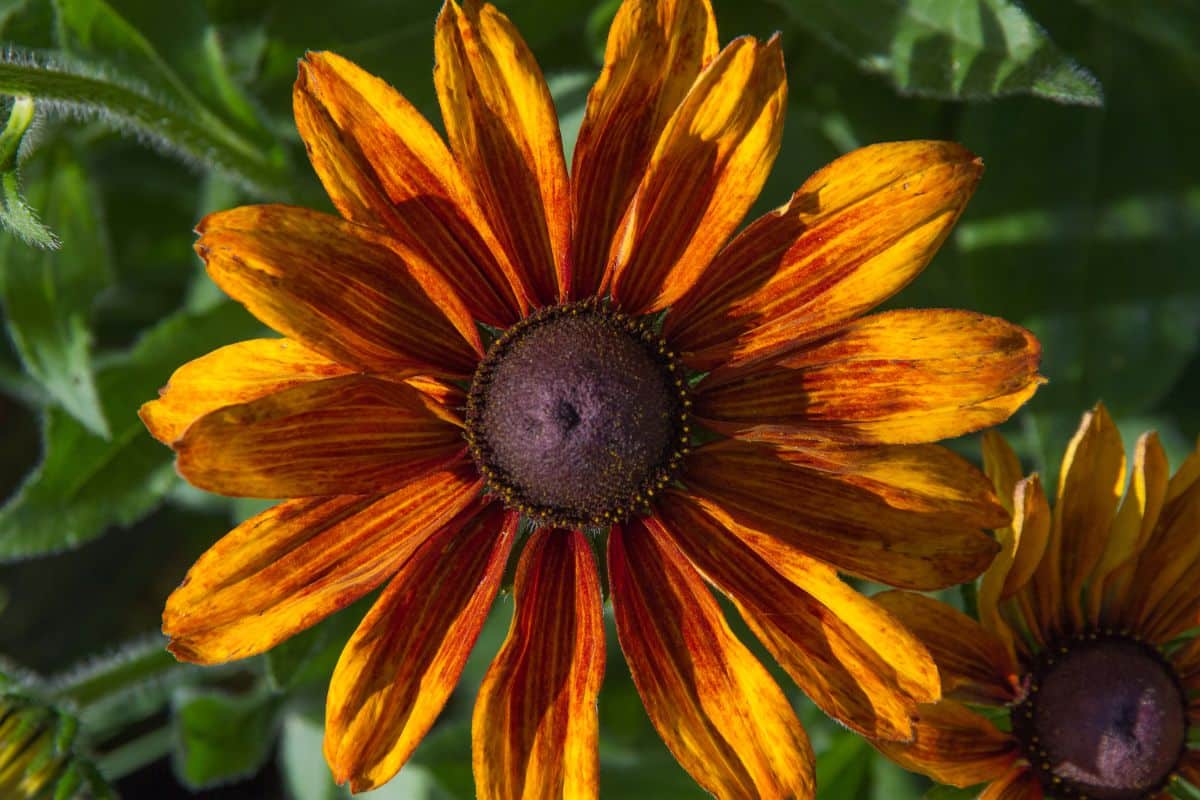
Whether perennial or annual, Rudbeckia is easy to grow from seed, and many colorful cultivars are available from seed companies. If you already have Rudbeckia in your garden, you can also try saving seeds from them.
If direct seeding, prepare the bed and sow seeds early to mid-fall or early spring, about 2-3 weeks before your last frost. Rudbeckia seeds need to be stratified (subjected to a cold treatment to mimic winter conditions). If you direct sow after the frosts are over, you’ll need to first stratify them in your refrigerator or freezer first.
If starting seeds indoors, stratify them, and then sow them about 5-7 weeks before your last frost.
To get started:
- Prepare your seed trays. Use any seed starting mix as long as it is well-drained. If in doubt, add some perlite.
- Sow one or two seeds per cell. Use a pencil eraser to firmly press them against, but not into, the mix.
- Rudbeckia seeds need light to germinate, so don’t bury them. Press them into the soil and dust them with a light covering. Vermiculite works well.
- Mist the surface, cover it with a humidity dome or plastic wrap, and place it in a bright, warm location.
Transplant your Rudbeckia seedlings after your last frost of the spring. Don’t forget to harden them off.
How to Propagate Rudbeckia Plants by Division
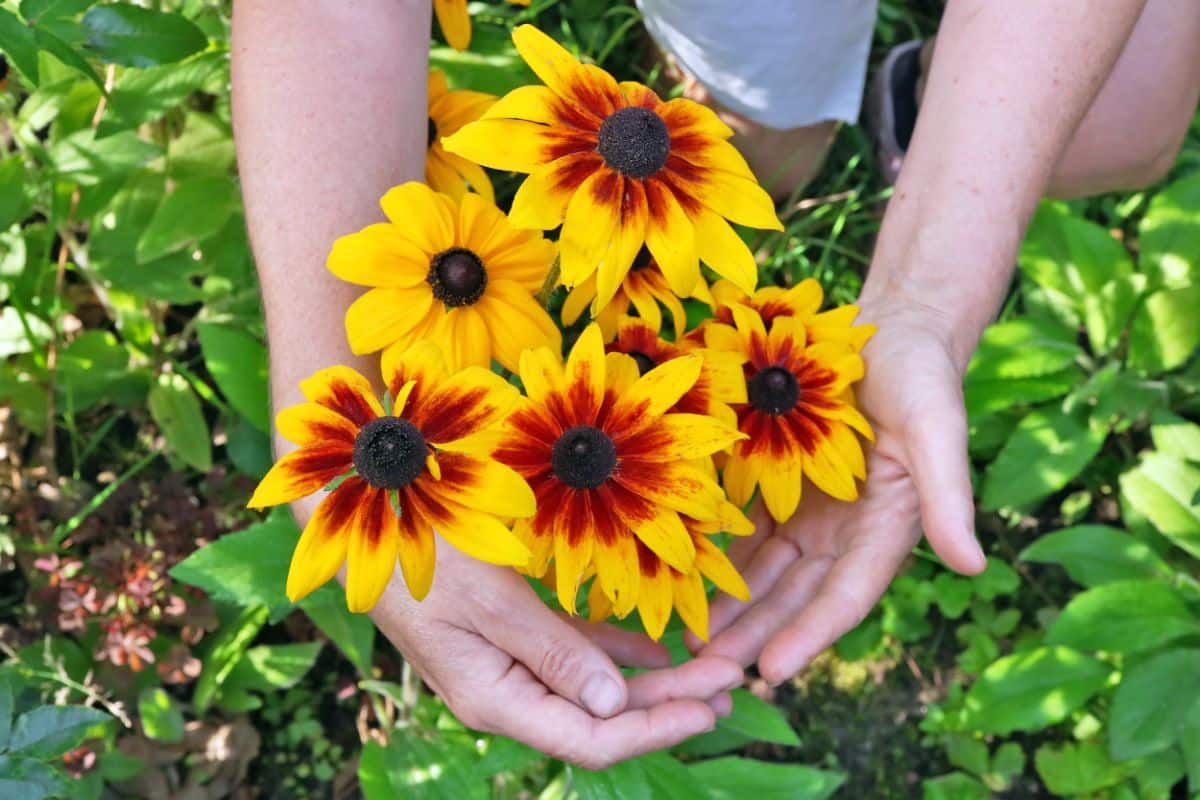
Perennial varieties of Rudbeckia can easily be propagated by division. Established clumps will benefit from dividing every 3-4 years, but any well-established plant can be divided if desired.
Many gardeners will divide their perennials in the spring to allow the new plants to take full advantage of the growing season. However, you can also divide Rudbeckia in the early fall.
Don’t cut it too close to the frost date. At least four weeks before your first frost is about the latest, you’ll want to divide your plants so they can become established prior to going dormant.
To get started:
- Gently dig around the base of the plant and loosen the root system. Try to keep it as one intact ball. Get as deep as your spade will reach.
- Carefully remove the entire plant from the hole.
- Using a soil knife, old kitchen knife, or garden spade, divide the root ball in half, leaving good numbers of sprouts on both pieces. If your root ball is large, you may be able to cut it into thirds.
- Transplant these new plant-root pieces to their new home in the garden, planting at the same depth as before. Don’t bury the crown.
- Give your new Rudbeckia plenty of attention during the first few months. They were drought-tolerant before being dug up when they had a fully developed root system. However, they will need some watering now until they are re-established.
Tips For Growing Rudbeckia
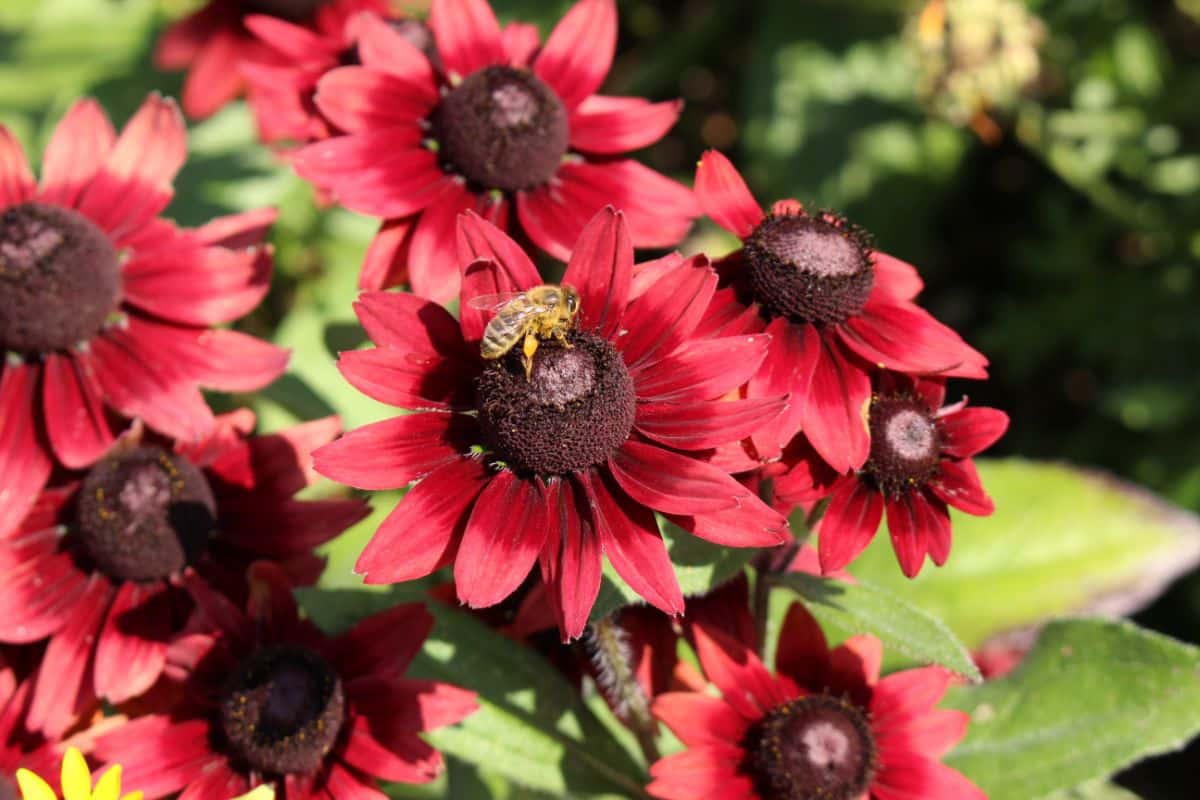
Soil, Sunlight, and Fertilizer Needs of Rudbeckia
- Rudbeckia needs good drainage. They will tolerate average soil conditions but will not handle having wet feet. Remember, they are native prairie plants.
- Fertile, slightly sandy loam is ideal for Rudbeckia, but they will grow in most soils that are not pure playbox sand or clay.
- Rudbeckia rarely needs fertilizing. Work some compost in before planting, and you’ll be good to go.
- Rudbeckia likes a full, direct 6-8 hours or more per day of bright sun. They will be okay with 4 hours of sun but will not be as vigorous. If in doubt, try it out. You can always move them if the spot isn’t working out.
- Dead foliage and stems can be removed in the fall, winter, or early spring. Deadheading will encourage re-blooming, but you may want to leave a few flower heads for the birds or re-seeding.
- Rudbeckia may suffer from powdery mildew and bacterial leaf spots. These problems are encouraged by moisture on the leaves from rain or overhead irrigation. Keep some spacing to promote air movement. Using drip irrigation will mitigate the risk.
- If you only have access to overhead irrigation like a sprinkler, water in the morning so the leaves dry quickly, and avoid watering in the evening or at night.
Avoid These Common Mistakes When Growing Rudbeckia In Containers
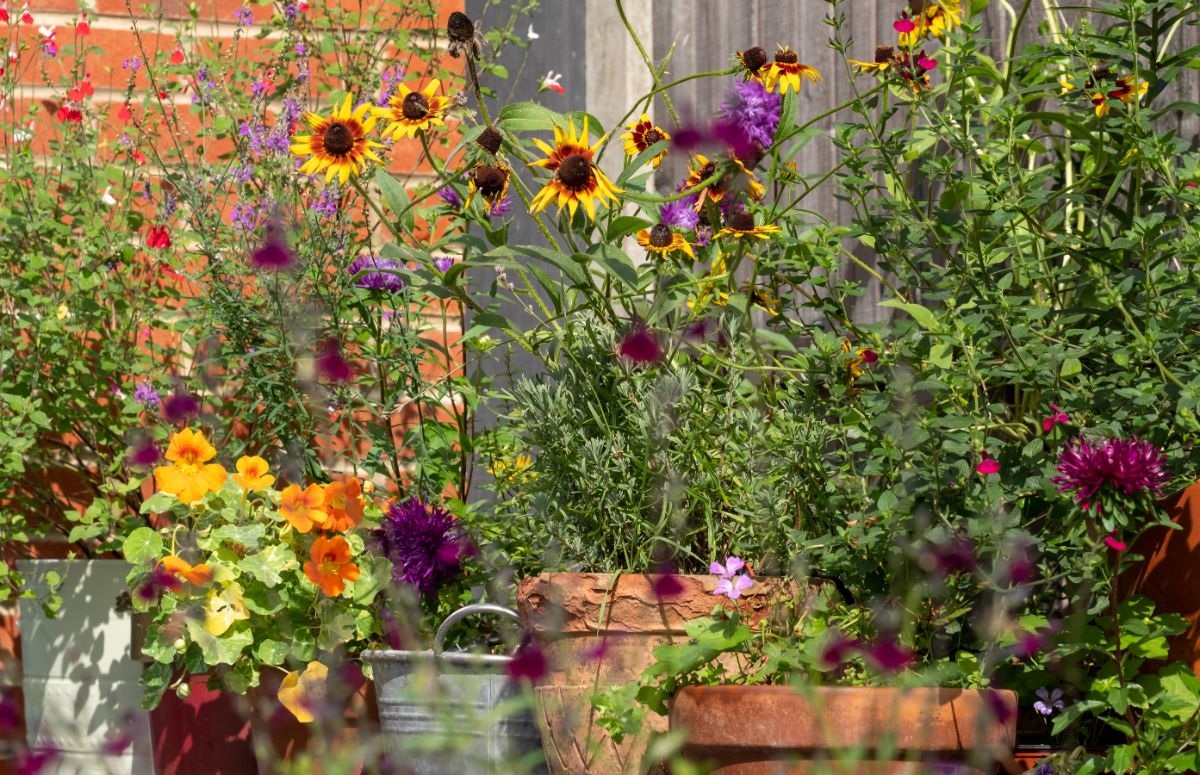
Annual Rudbeckia grows well in containers, so those with limited space can also enjoy these native flowers. Their long bloom time and bright colors make them a great addition to a patio garden.
- Forgetting to water: we know that the soil in pots and planters can dry out faster. Rudbeckia is drought tolerant but can still suffer in a dry container.
Give it a deep drink whenever the soil feels dry a couple of inches down into the planter.
- Over-fertilizing: Rudbeckia doesn’t need to be “fed” every week. A slow-release fertilizer in the early summer or a diluted dissolved fertilizer once or twice a month will be sufficient. They may not need anything if adequate compost is mixed into the potting soil.
- They still need sunlight: many patios and balconies receive sun for only an hour or two per day, which may not be enough for your Rudbeckia to thrive.

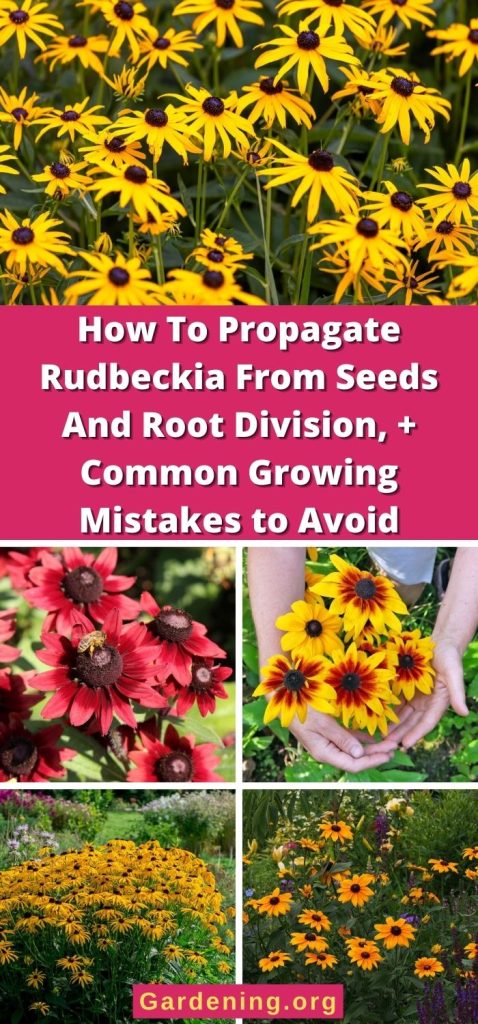

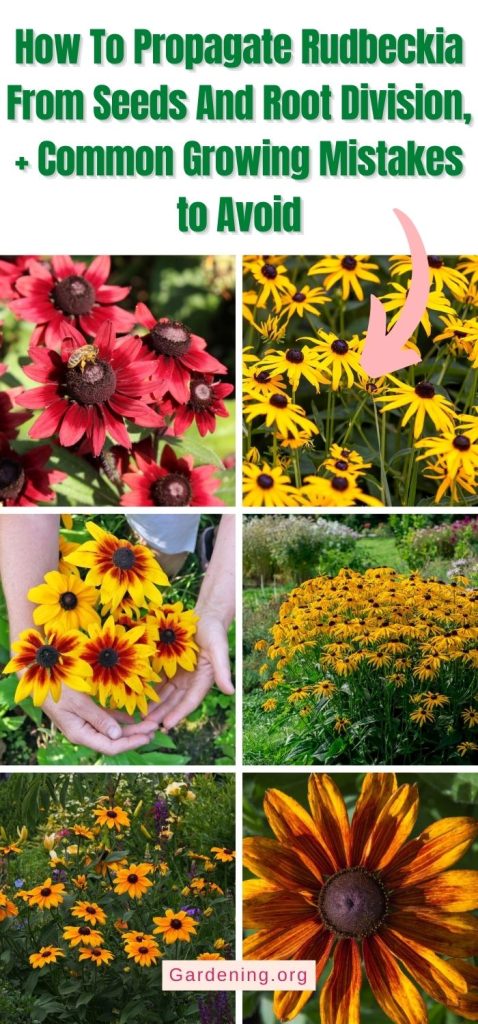
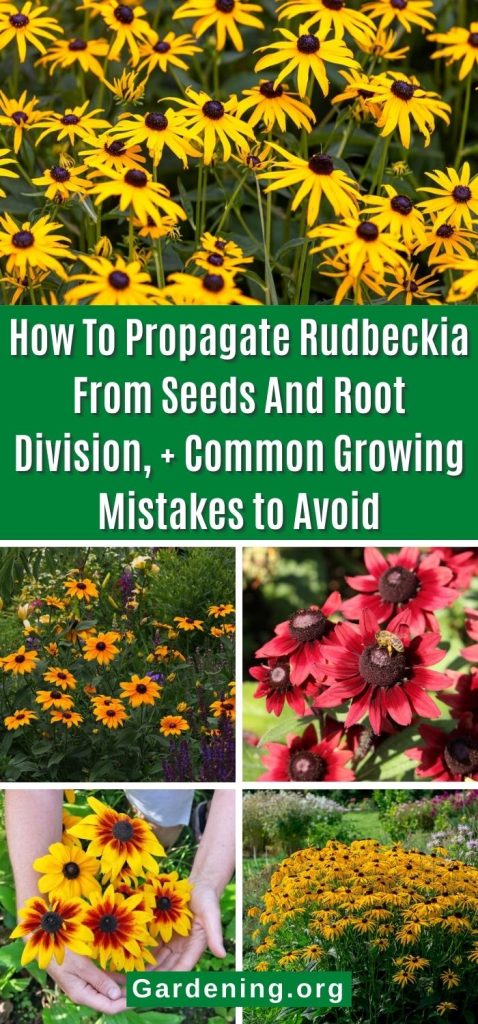
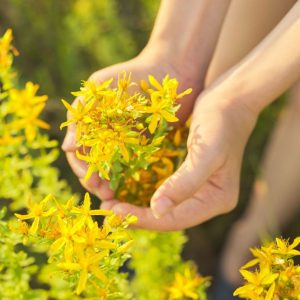
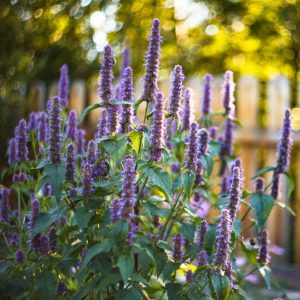
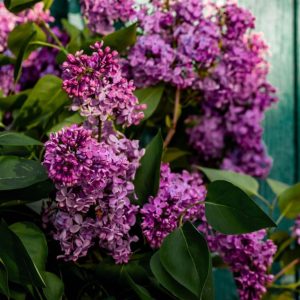

Leave a Reply